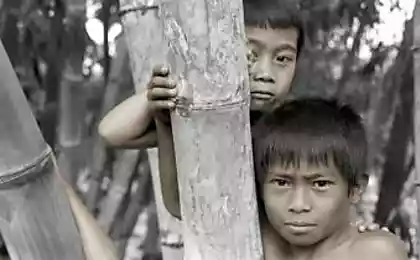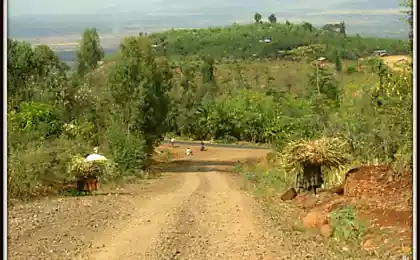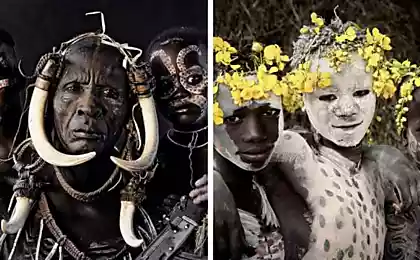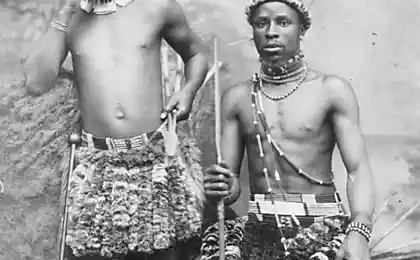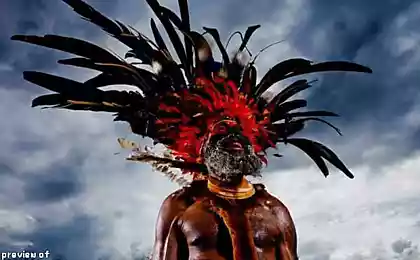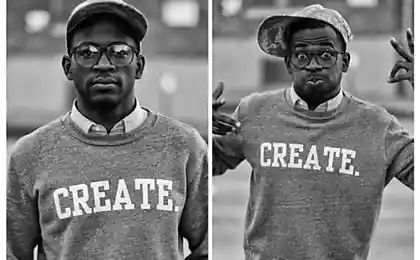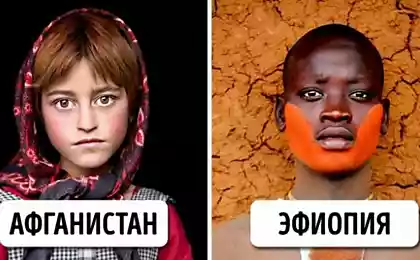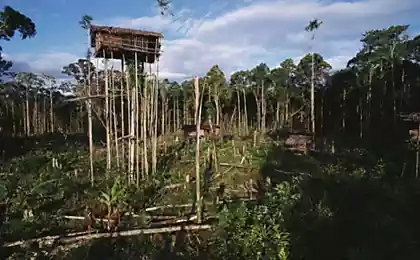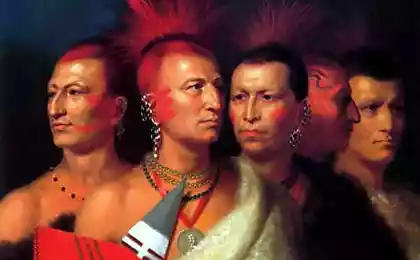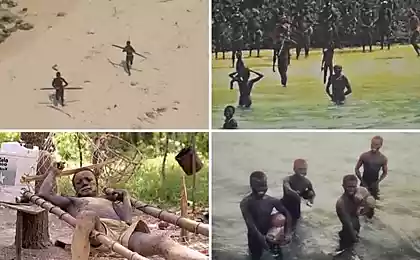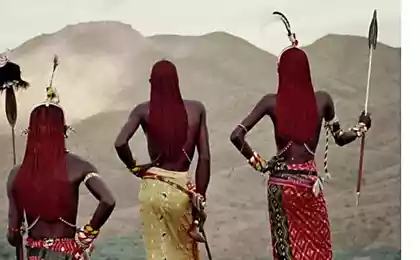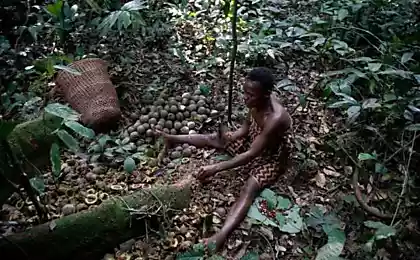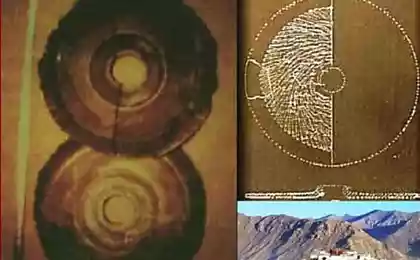1248
Konso tribe
Konso tribe - one of the most numerous ethnic group Cushites, who live in southern Ethiopia. Their approximate number is between 130 thousand to 200 thousand people. One of the main features of this are the people of their home with an unusual conical roof that merges with the mountain landscape. This peculiar contrast to the other peoples of Africa. Today we will visit one of these tribes.

The people of this tribe are considered masters of terrace farming (the location of cultivated fields at several levels of the hill, in the form of broad steps).
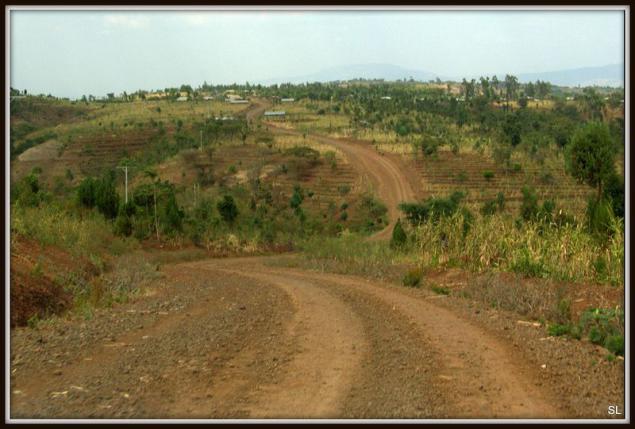
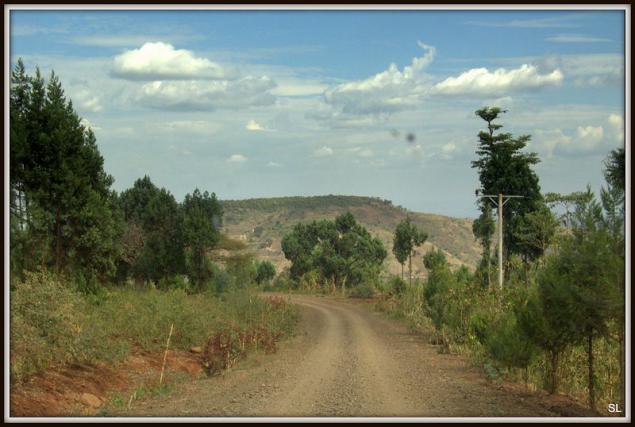
Center of the region is the town of Konso, located at an altitude of 1650 meters on the river Sagan.

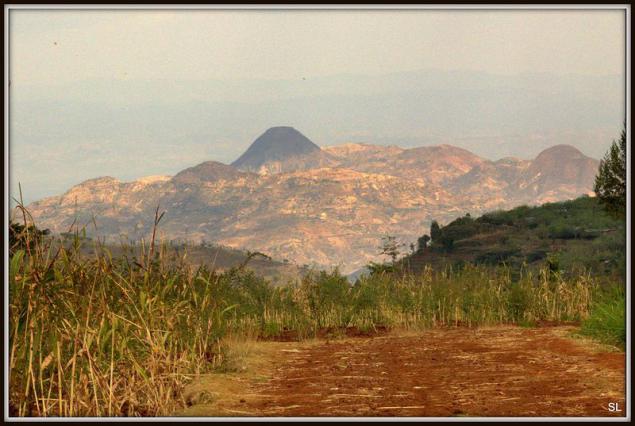
About 150 thousand. Konso people inhabit these arid highlands.
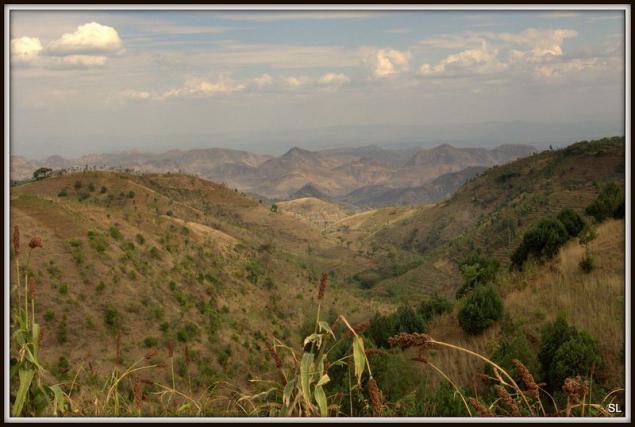
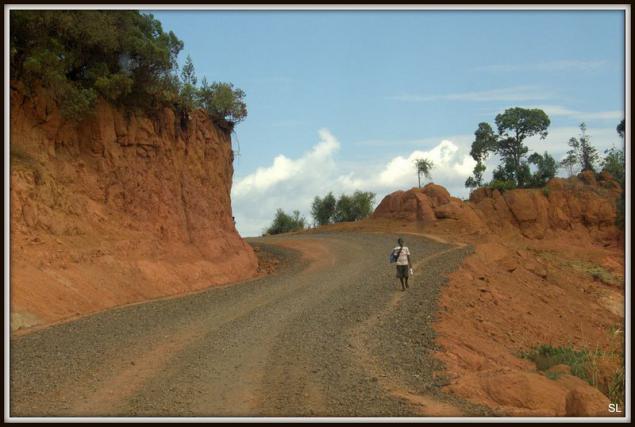
The nearest neighbors - Borena pastoral peoples akin to them in language.


Unlike the majority of the peoples of Ethiopia, Konso has long lived in the cities, each of which is controlled by an independent board of elders.

Social status is determined by a person of his age, or rather belong to a certain generation.
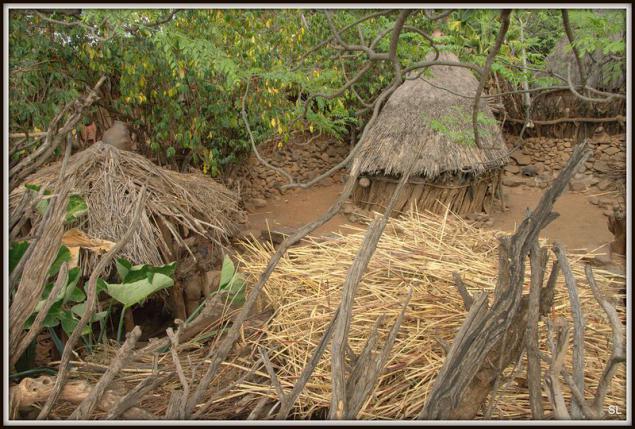
There are 9 clans.
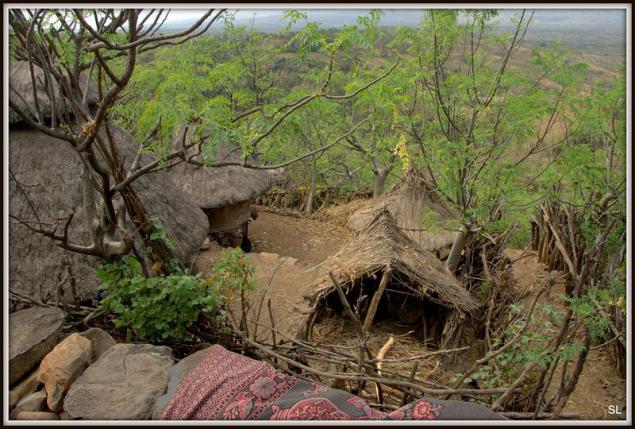
The head of the clan is both his priest.
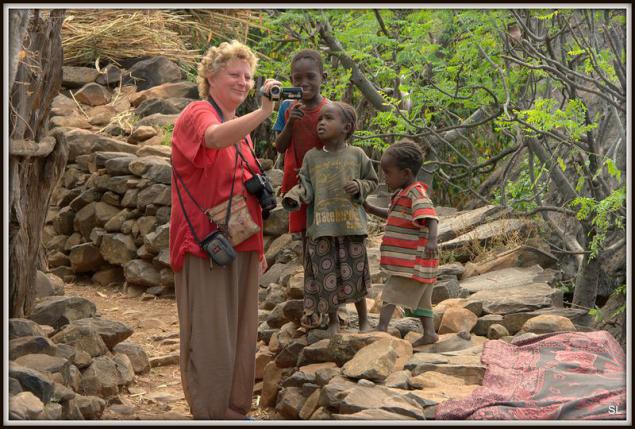
Artisans make separate castes.

Polygamy is practiced only in a well-off families, while the majority of men are content with one wife Conso.
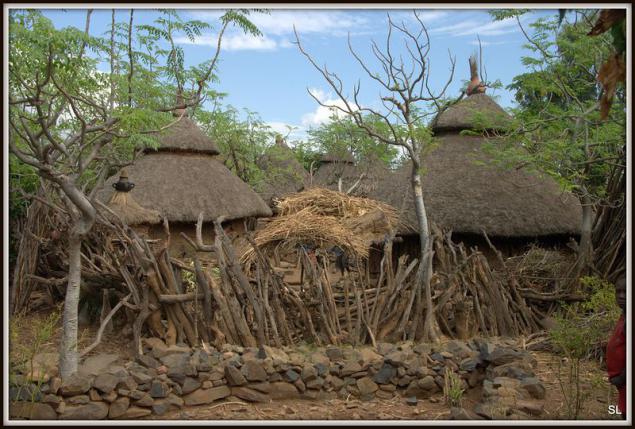
The main occupation of Konso - intensive farming with the use of terraces and irrigation (maize, sorghum, teff).

But still the cornerstone of Konso culture is a terraced agriculture,
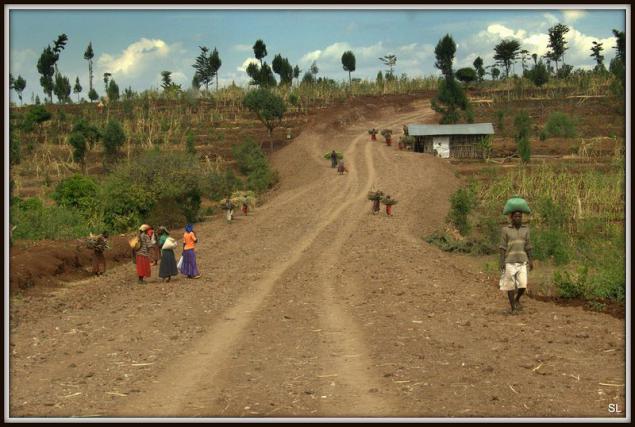
which allows to obtain solid yields on not too fertile hills and valleys.

On sale are grown cotton and coffee.

The cattle are kept in pens, protecting this trampling fields.
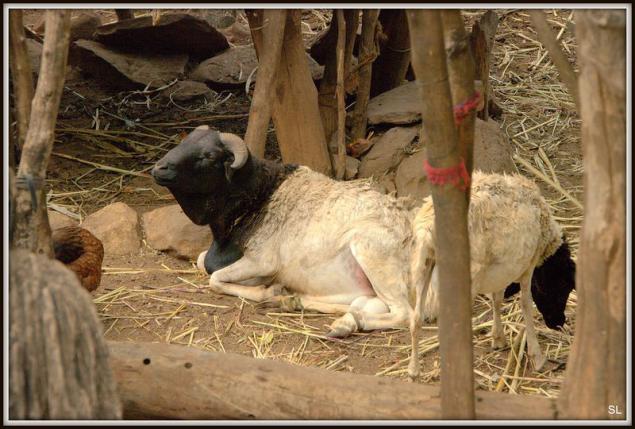
Manure used as fertilizer. Use milk and meat cattle and sheep and goat meat as food.
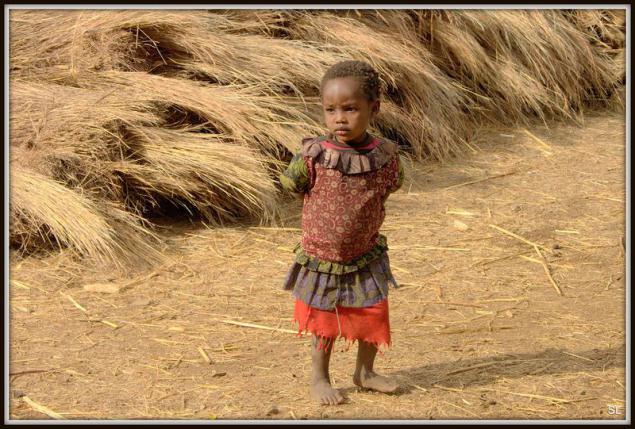
But the main food - vegetable, other animals - a taboo.

Along with the tree, which is used to build huts, prayer houses and fences, Konso widely used stone.
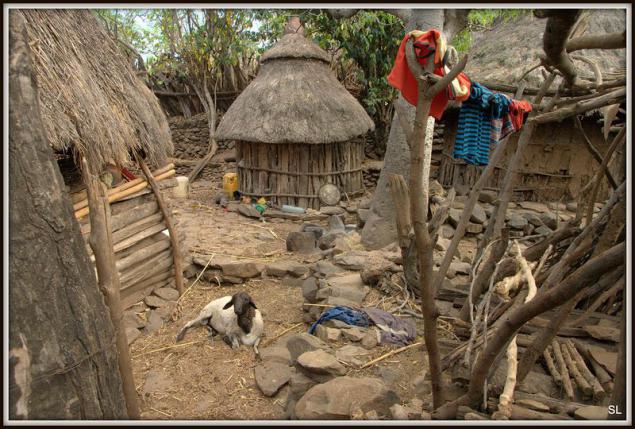
The stone used to grind grain, sharpen knives and spears.
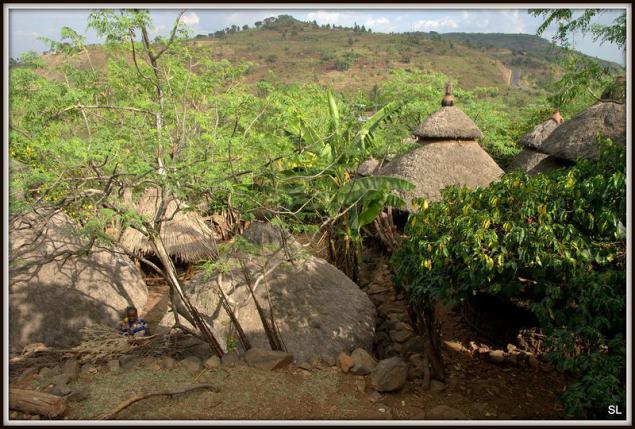
Stone building dams and protective walls.
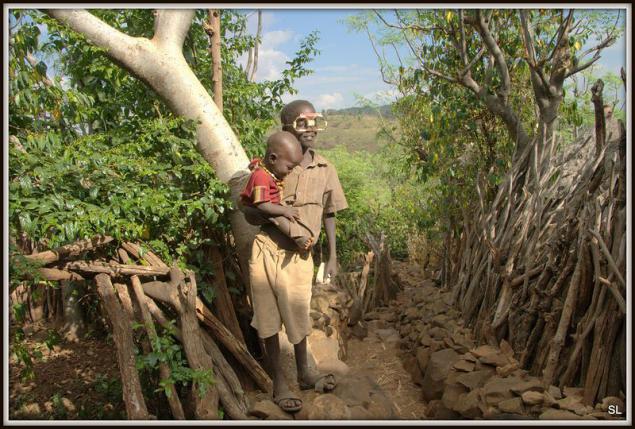
Around villages built stone walls that protect against cattle, floods and attackers.
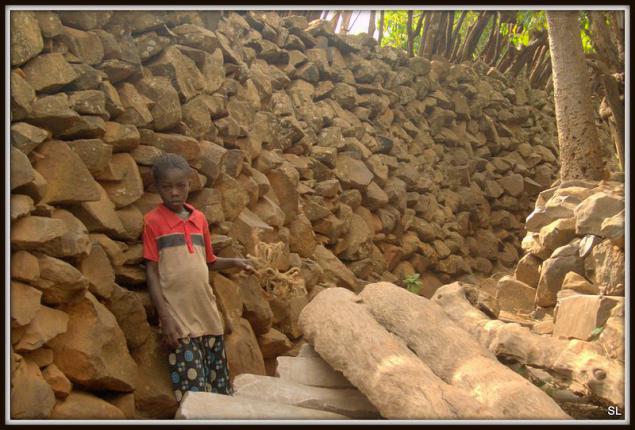
Konso are still using stone tools.
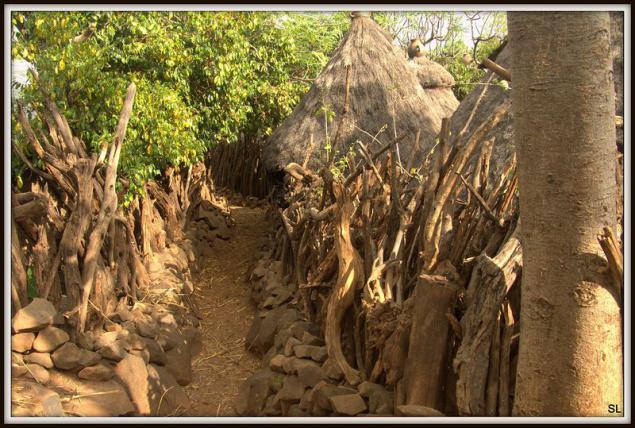
And the manufacture of stone tools are predominantly women.
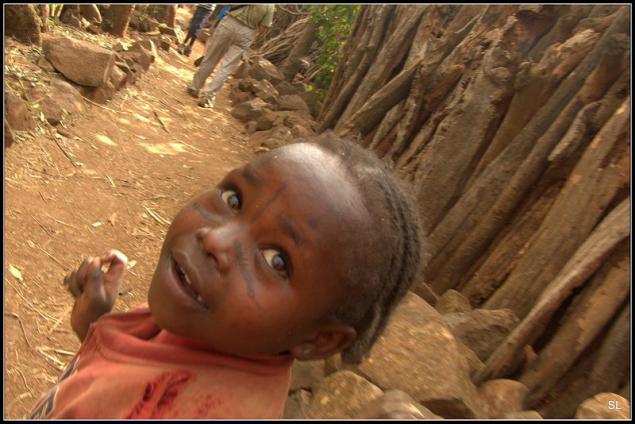
This is the central area of the village.
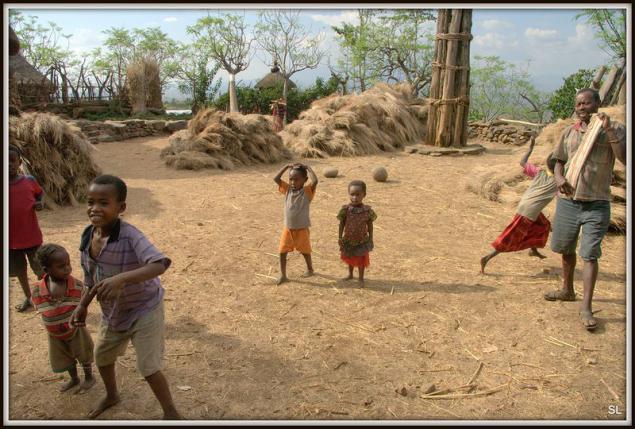
In the center stands a pole, and every 18 years to tie him a new stick.
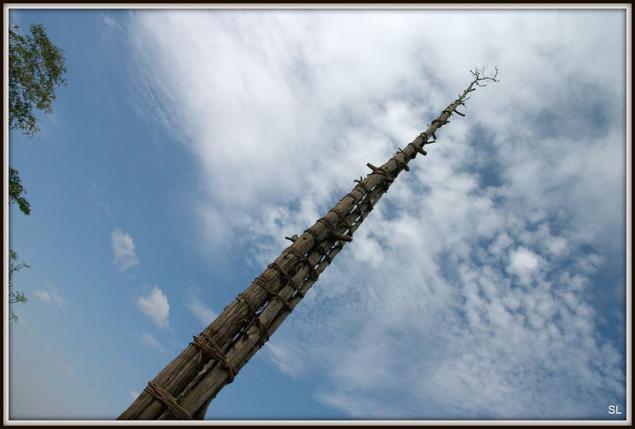
By the number of sticks you can learn how much time there is this clan.
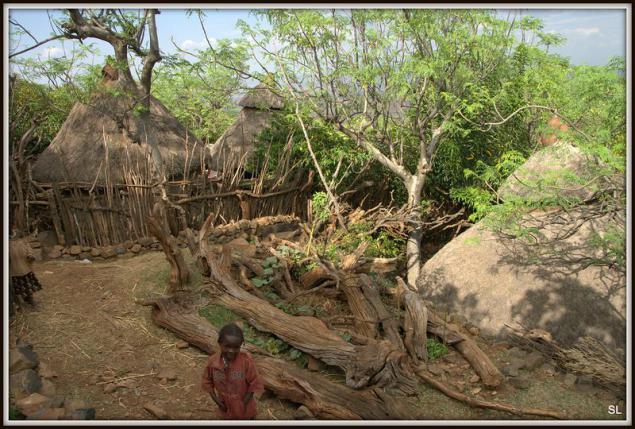
This area stareshina decide all disputes arising from this settlement.

That stone, if a man is to smoke it at arm's length above his head he can marry ...
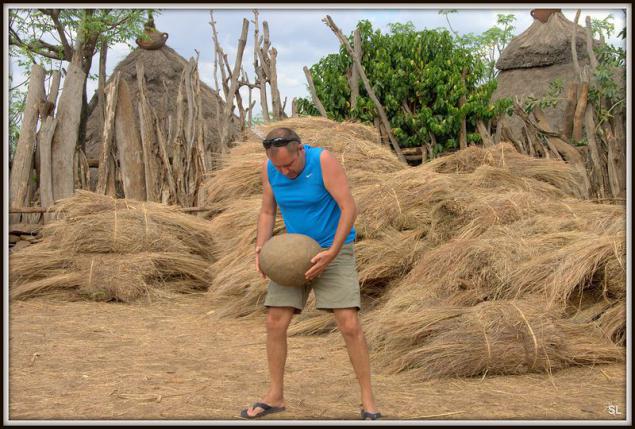


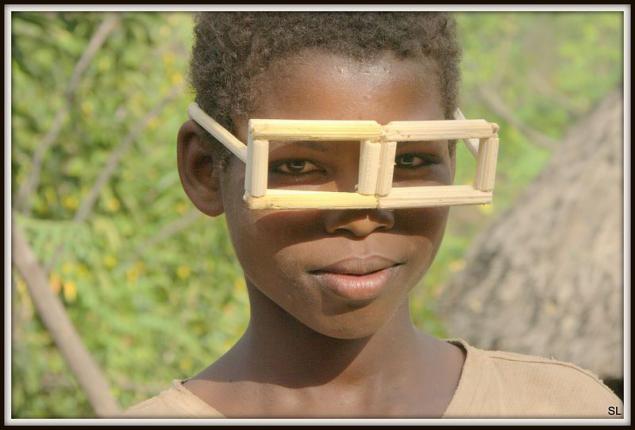
Lovely boy ...

that just does not invent just to get money for the photos ...
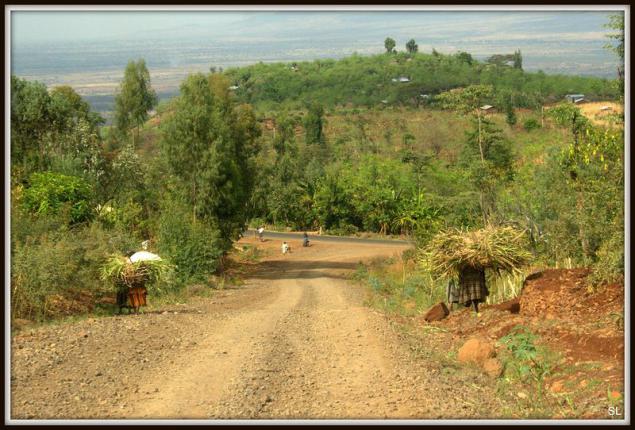
Area Konso famous sculptures Vaga (waga). Vaga cut from a tree in memory of the late great warriors, which portrayed the feat, and are placed at the site where he was buried.
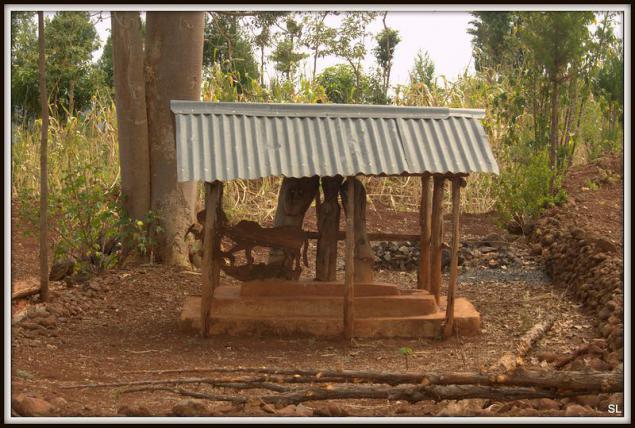
The composition typically includes many figures - the figure of the deceased, his wives and children, as well as figures of killed enemies or animals. Usually on the forehead Vaga cut a phallic symbol.
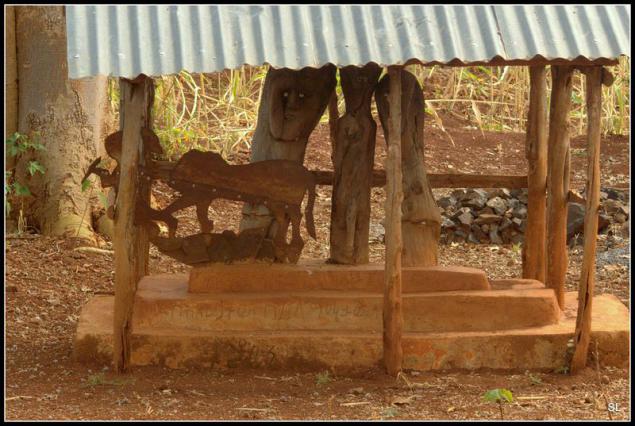
See old Wagga can now quite rare, they have become the subject of sale.

A tradition of erecting dies.

It is promoted by the missionaries, persistently struggling with ancient pagan cults.
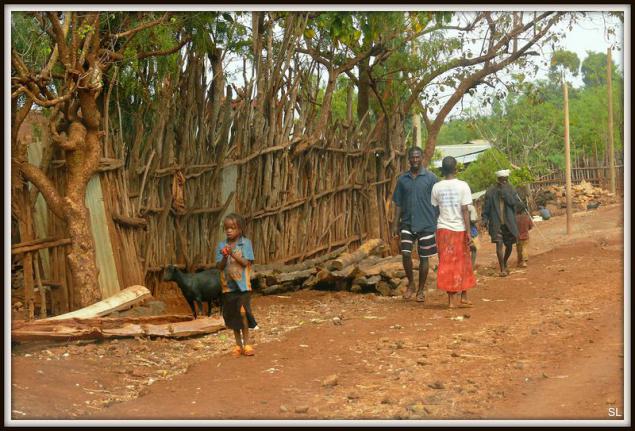
Closer to the settlement on the roads began to meet travelers, apparently heading towards our destination -
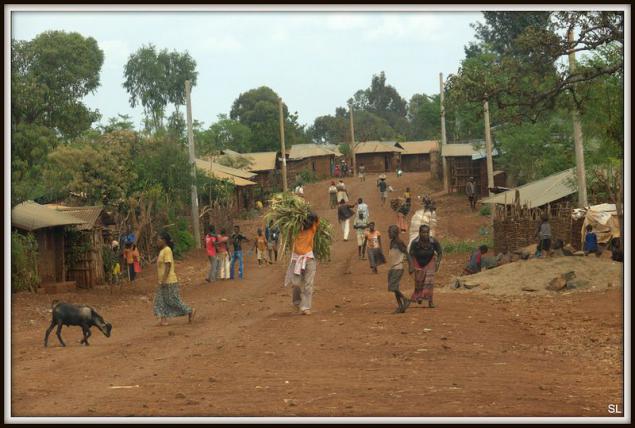
individual characters first, and then the whole group at the end of the path grow into a mass demonstration.

As it turned out, today is Thursday, market day, people from all the surrounding area moves to the trade fishery.
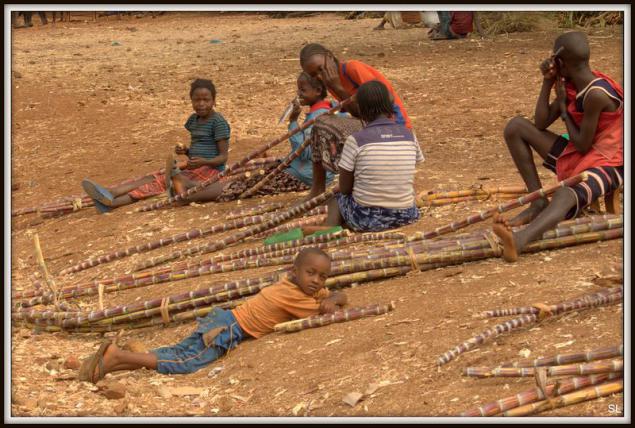
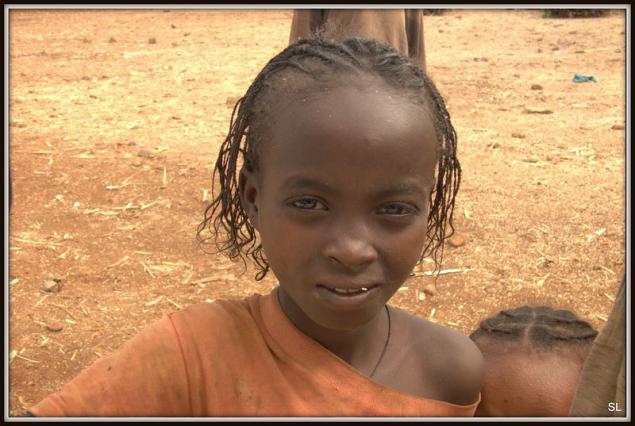
We stopped near the market and went for a walk on it.
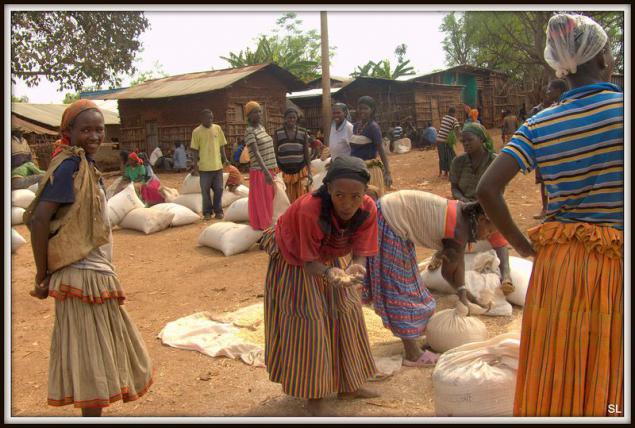
We can clearly see that this market nations cons.

See on women typical of this double nationality skirt.
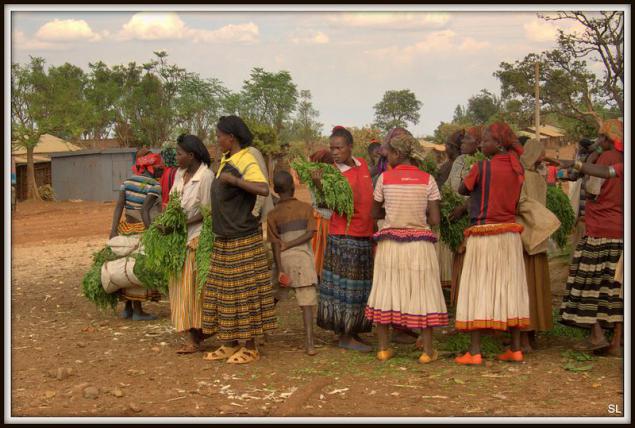
Going further we are surrounded by magnificent scenery.
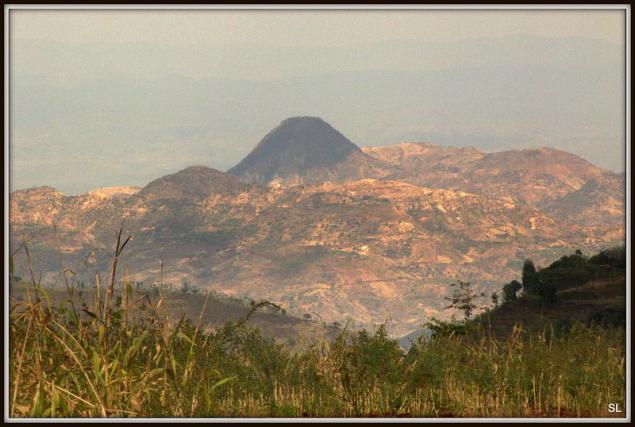
Making another stop and the guys ripped us the colors of cotton. Honestly, the first time I saw the cotton blossoms.

Source: linozka.livejournal.com

The people of this tribe are considered masters of terrace farming (the location of cultivated fields at several levels of the hill, in the form of broad steps).


Center of the region is the town of Konso, located at an altitude of 1650 meters on the river Sagan.


About 150 thousand. Konso people inhabit these arid highlands.


The nearest neighbors - Borena pastoral peoples akin to them in language.


Unlike the majority of the peoples of Ethiopia, Konso has long lived in the cities, each of which is controlled by an independent board of elders.

Social status is determined by a person of his age, or rather belong to a certain generation.

There are 9 clans.

The head of the clan is both his priest.

Artisans make separate castes.

Polygamy is practiced only in a well-off families, while the majority of men are content with one wife Conso.

The main occupation of Konso - intensive farming with the use of terraces and irrigation (maize, sorghum, teff).

But still the cornerstone of Konso culture is a terraced agriculture,

which allows to obtain solid yields on not too fertile hills and valleys.

On sale are grown cotton and coffee.

The cattle are kept in pens, protecting this trampling fields.

Manure used as fertilizer. Use milk and meat cattle and sheep and goat meat as food.

But the main food - vegetable, other animals - a taboo.

Along with the tree, which is used to build huts, prayer houses and fences, Konso widely used stone.

The stone used to grind grain, sharpen knives and spears.

Stone building dams and protective walls.

Around villages built stone walls that protect against cattle, floods and attackers.

Konso are still using stone tools.

And the manufacture of stone tools are predominantly women.

This is the central area of the village.

In the center stands a pole, and every 18 years to tie him a new stick.

By the number of sticks you can learn how much time there is this clan.

This area stareshina decide all disputes arising from this settlement.

That stone, if a man is to smoke it at arm's length above his head he can marry ...




Lovely boy ...

that just does not invent just to get money for the photos ...

Area Konso famous sculptures Vaga (waga). Vaga cut from a tree in memory of the late great warriors, which portrayed the feat, and are placed at the site where he was buried.

The composition typically includes many figures - the figure of the deceased, his wives and children, as well as figures of killed enemies or animals. Usually on the forehead Vaga cut a phallic symbol.

See old Wagga can now quite rare, they have become the subject of sale.

A tradition of erecting dies.

It is promoted by the missionaries, persistently struggling with ancient pagan cults.

Closer to the settlement on the roads began to meet travelers, apparently heading towards our destination -

individual characters first, and then the whole group at the end of the path grow into a mass demonstration.

As it turned out, today is Thursday, market day, people from all the surrounding area moves to the trade fishery.


We stopped near the market and went for a walk on it.

We can clearly see that this market nations cons.

See on women typical of this double nationality skirt.

Going further we are surrounded by magnificent scenery.

Making another stop and the guys ripped us the colors of cotton. Honestly, the first time I saw the cotton blossoms.

Source: linozka.livejournal.com
